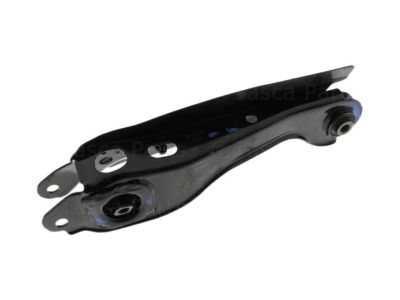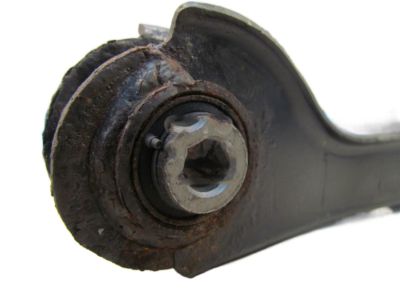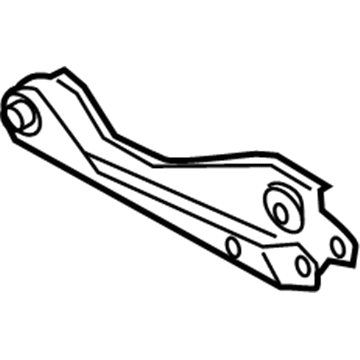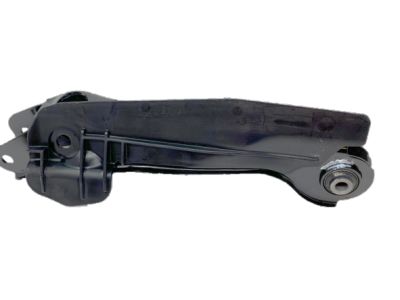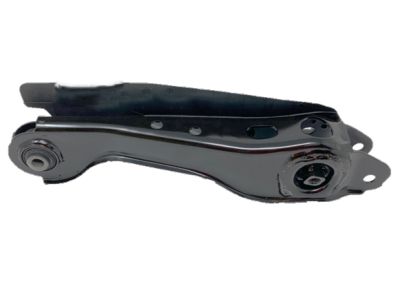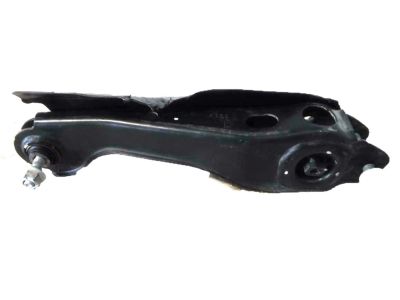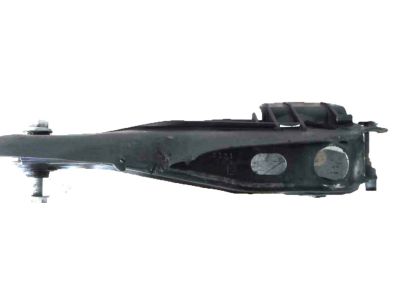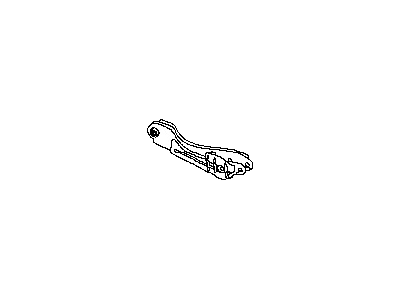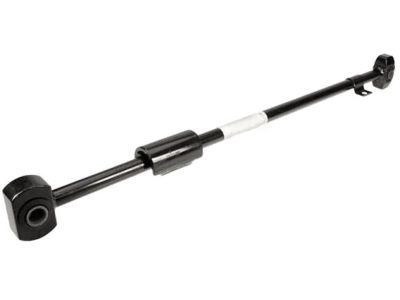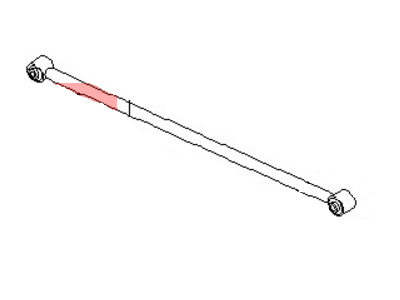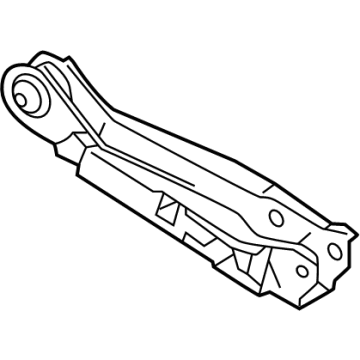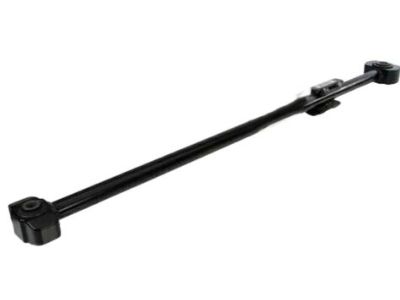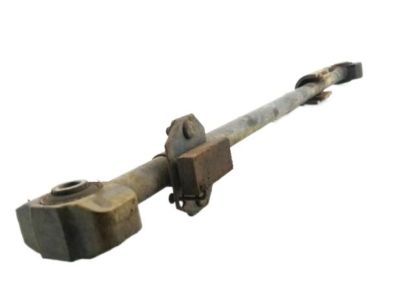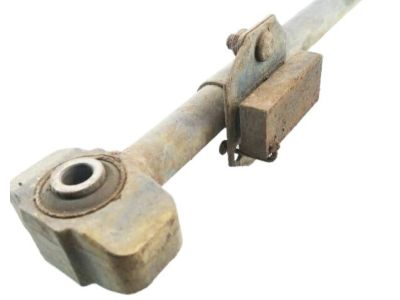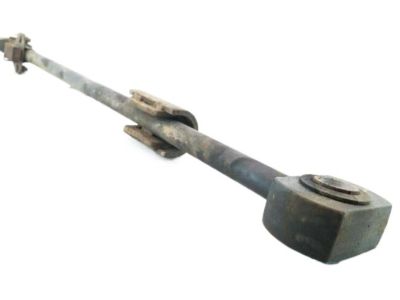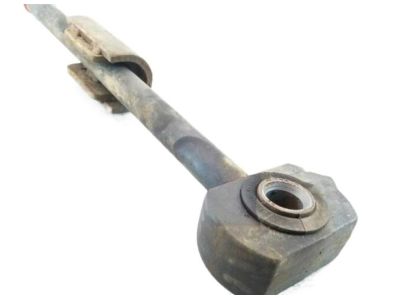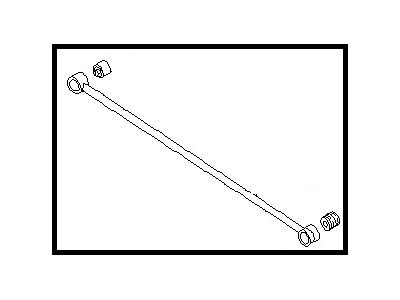×
- Hello
- Login or Register
- Quick Links
- Live Chat
- Track Order
- Parts Availability
- RMA
- Help Center
- Contact Us
- Shop for
- Nissan Parts
- Nissan Accessories

My Garage
My Account
Cart
Genuine Nissan Pathfinder Track Bar
Axle Track Bar- Select Vehicle by Model
- Select Vehicle by VIN
Select Vehicle by Model
orMake
Model
Year
Select Vehicle by VIN
For the most accurate results, select vehicle by your VIN (Vehicle Identification Number).
10 Track Bars found

Nissan Pathfinder Link Complete-Lower,Rear Suspension RH
Part Number: 551A0-3JA0A$69.94 MSRP: $98.78You Save: $28.84 (30%)Ships in 1-3 Business Days
Nissan Pathfinder Link Complete-Lower,Rear Suspension LH
Part Number: 551A1-3JA0A$68.70 MSRP: $99.50You Save: $30.80 (31%)Ships in 1-3 Business Days
Nissan Pathfinder Rod Complete-Panhard
Part Number: 55130-0W000$241.23 MSRP: $365.73You Save: $124.50 (35%)Ships in 1-2 Business DaysNissan Pathfinder Link COMPL-Lower,Rear Suspension RH
Part Number: 551A0-6SA0A$63.61 MSRP: $92.13You Save: $28.52 (31%)Ships in 1-3 Business DaysNissan Pathfinder Link Compl-Lower,Rear Suspension LH
Part Number: 551A1-6SA0A$63.61 MSRP: $92.13You Save: $28.52 (31%)Ships in 1-3 Business Days

Nissan Pathfinder Track Bar
If you need any OEM Nissan Pathfinder Track Bar, feel free to choose them out of our huge selection of genuine Nissan Pathfinder Track Bar. All our parts are offered at unbeatable prices and are supported by the manufacturer's warranty. In addition, we offer quick shipping to have your parts delivered to your door step in a matter of days.
Nissan Pathfinder Track Bar Parts Questions & Experts Answers
- Q: How do you remove and replace the rear trailing arm and rod bushings on Nissan Pathfinder?A:Loosen the rear wheel lug nuts. Raise the rear of the vehicle and support it securely on jackstands placed underneath the frame rails. Block the front wheels to prevent the vehicle from rolling. Remove the wheel(s). Support the rear axle with a floor jack, then remove the nuts, washers and bolts from each end of the trailing arm. If you're removing an upper trailing arm, the stabilizer bar link bracket must first be unbolted from the frame. Remove the arm. Check the bushings in the arm for cracking, hardness or other signs of deterioration. If the bushings are in need of replacement, take the arm to an automotive machine shop or other qualified repair facility to have the old ones pressed out and new ones pressed in. Installation is the reverse of removal. Before tightening the bolts/ nuts, either lower the vehicle to the ground or raise the rear axle with a floor jack to simulate normal ride height, then tighten the fasteners to the torque. Tighten the wheel lug nuts to the torque. Raise the rear of the vehicle and support it securely on jackstands placed underneath the subframe rails. Block the front wheels to prevent the vehicle from rolling. Remove the nuts/bolts from each end of the rod. Remove the rod. Check the bushings in the rod for cracking, hardness or other signs of deterioration. If the bushings are in need of replacement, check with your local auto parts store or dealer parts department regarding the availability of replacement bushings. If the bushings are in need of replacement, take the rod to an automotive machine shop or other qualified repair facility to have the old ones pressed out and new ones pressed in. Installation is the reverse of removal. Before tightening the bolts/ nuts, either lower the vehicle to the ground or raise the rear axle with a floor jack to simulate normal ride height, then tighten the fasteners to the torque.
Related Nissan Pathfinder Parts
Browse by Year
2024 Track Bar 2023 Track Bar 2022 Track Bar 2020 Track Bar 2019 Track Bar 2018 Track Bar 2017 Track Bar 2016 Track Bar 2015 Track Bar 2014 Track Bar 2013 Track Bar 2004 Track Bar 2003 Track Bar 2002 Track Bar 2001 Track Bar 2000 Track Bar 1999 Track Bar 1998 Track Bar 1997 Track Bar 1996 Track Bar 1995 Track Bar 1994 Track Bar 1993 Track Bar 1992 Track Bar 1991 Track Bar 1990 Track Bar 1989 Track Bar 1988 Track Bar 1987 Track Bar
